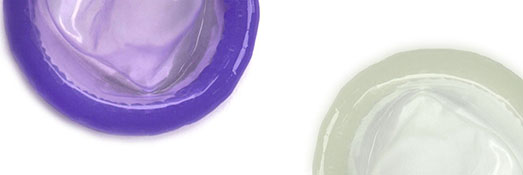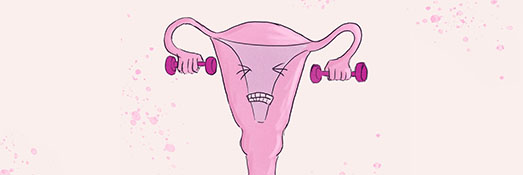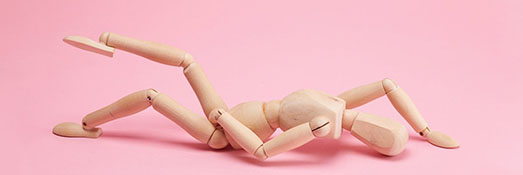

Sexual Health & Wellbeing
We talk all things safe sex in our sexual health section, so if you have questions or concerns when it comes to sexual health and wellness then look no further. Whether you're looking for sexual health advice or you just want to understand your body better, our sexual health hub has all the answers.
-

Hangover horn
Is Hangover Horn real? Find out all about why and how you get the hangover horn with Ann Summers
-

How to Take Sexy Lingerie Photos
If you're thinking of stripping down to your lingerie & getting in front of the camera, read the Ann Summers guide on how to get those perfect lingerie selfies.
-

Safe Sex for Lesbians & Bisexuals
How can you ensure safer LGB sex and protect your sexual health? Address the myths and find out the facts from Dr Kaye. Read more.
-

Talking About Sex with Your Partner
Having conversations about sex with your partner can feel like a difficult thing to do but could hold the key to an amazing sex life. Find out how to approach it here.
-

Types of Orgasms & How to Have Them
What is an orgasm? We talk to sex & relationship therapist, Jodie Slee, for all you need to know about types of orgasms and how to have them. Read more.
-

Safe Sex Guide
It never hurts to brush up on the basics so we put together our guide to safe sex. It covers everything from protection & hygiene to health and enhancement
-

How to Do Pelvic Floor Exercises
Discover all you need to know about pelvic floor muscles, from how to do pelvic floor exercises, to the benefits of doing them. Read more with Ann Summers.
-

Masturbation Month
Exploring your body should always be celebrated.
-

Health Benefits Of Orgasms
You won't believe these 4 surprising health benefits of orgasms that mean you should go home and have an orgasm tonight!
-

How to Prepare for Anal
Anal sex can feel like a daunting step, but with the right preparation there’s nothing to worry about. Read our tips to prepare for anal in our guide.
-

Hit the spot with our top ten tips to G and P spot massage
Ready for prostate play? Don't just 'dive in' - read our guide to ensure safe and highly pleasurable prostate play. Read now at Ann Summers.
-

Prostate Stimulation: Where is the Male G-Spot?
Discover all you need to know about prostate massage - on your partner or to yourself. Read now at Ann Summers, you won't regret it!
Sign up to emails and get
15% OFF
your first order
Stay in the loop on all things Ann Summers:
Updates on new arrivals, inspiration, offers and events!
*Discount only available on full price products and 5% off discounted products
By inputting your information, you agree that we can use it in accordance with our Privacy Policy. You are able to unsubscribe from marketing at any time. By proceeding you agree to our Terms and Conditions.
You must be over 18 to join our mailing list.
By inputting your information, you agree that we can use it in accordance with our Privacy Policy. You are able to unsubscribe from marketing at any time. By proceeding you agree to our Terms and Conditions.
You must be over 18 to join our mailing list.
